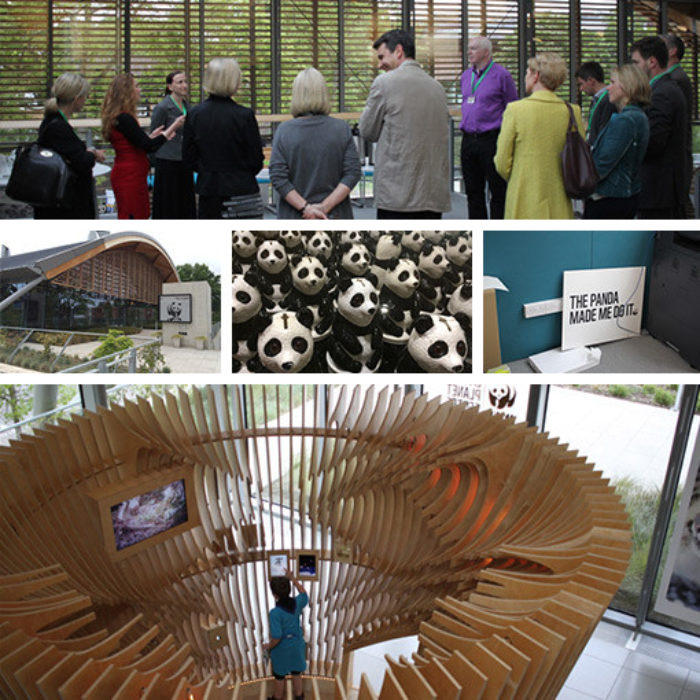Why Social is the key to successful ESG
The views of Baillie Gifford are not to be sniffed at; it has over £400bn in its investment portfolio, and is a pioneer of the ideas behind business action on environmental, social and governance (ESG) issues.
But it would be fair to say it is also cynical about the way its sector currently considers ESG issues. There are three reasons for this:
- The focus of the financial sector is predominantly on backward-looking metrics.
- The focus on metrification means “mindless scoring” and distilling everything into a number.
- The focus is on risk, and it should be on opportunity.
Instead, Baillie Gifford favours forward-looking measurement, including qualitative understanding of real-world actions linked to “positive change and growth”. “Actual investors,” it says, think “in decades not quarters.”
Focusing on people
Today, the constituent elements of the ‘Social’ element of ESG is on relationships with stakeholders, employee relations, workplace safety, human rights compliance, community engagement and action on corruption.
All of this is important. Critical perhaps. But it lends itself to ticking boxes, and it affirms Baillie Gifford’s concerns. It’s about past and current practice. It’s quantitative. It’s about risk only. What does it lack? Personality. Character. Ambition. Progress. Purpose. But most of all, people.
Giving real attention to the Social in ESG is the opportunity for companies to become more fully human, to open up innovation to everyone in the organisation, to help create sustainable markets, to show progress towards bringing purpose to life, and to demonstrate a deep understanding of people and the world in which business operates.
In my own research, which I summarise in the report The Human Organisation, I identify nine principles to help organisations become more fully human. You can read the report here.
Today, most organisations are, in my view, only around 20% human. An exaggeration? Consider the following…
We are not designing into business our social nature. We don’t understand how conversations work. We don’t understand human motivation. We don’t appeal to all the senses. We don’t embrace humour. We don’t encourage play. We don’t know how neurotransmitters like dopamine work, for example how we’re more motivated by small, unexpected rewards than large, expected rewards.
Bringing ESG to life
So what would I do if I were running a business seeking to breathe life into the lifeless nature of ESG and mould it into a form that contributes to the long-term success of our organisation?
I’d use the ESG methodology as a vehicle for making my business more human. I’d give significant focus to the Social part of ESG as the core of my company’s character. And I’d widen the scope of the Social element to include, at the least, these five areas of action:
- This is where our Purpose lies. If we have a powerful purpose, we owe it to all our stakeholders not just to articulate it, but to share our progress towards achieving it.
- This is where our understanding of Context lies. I would argue, if I needed to persuade colleagues, that all major risks and opportunities are dependent on external issues. If they don’t believe it, mention the financial crash, the pandemic, the war in Ukraine, the impact of extreme weather events, and the cost-of-living crisis.
- This is where the Humanity and Personality of our business lies. This is about what employees want out of life, and life at work. This is about what we believe. This is about the difference we make to the lives of others.
- This is where Innovation lies. Innovation isn’t a story about a new product or service. Innovation is a story about people. How we open up innovation so that everyone is an innovator, all contributing to the shared long-term success of the business.
- This is where a new approach to Community lies. Not an illustration of our philanthropy but a definition of Strategic community action that helps our organisation achieve long-term success.
Time to refresh the Social in ESG? What do you think?
To discuss your organisation’s approach to all the elements of ESG, and how to become a more human-centred business, just drop me a line at John.Drummond@CorporateCulture.co.uk




